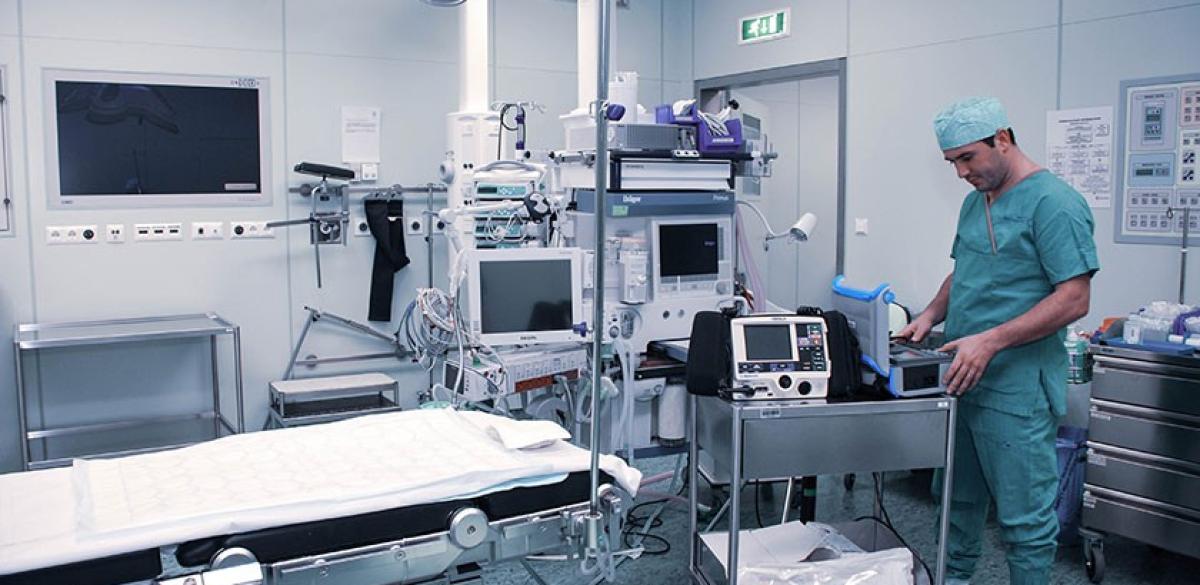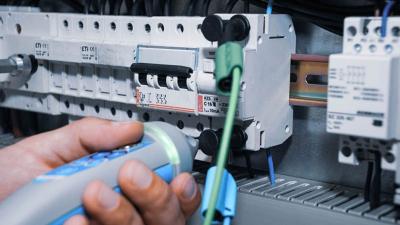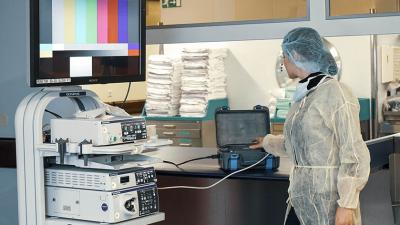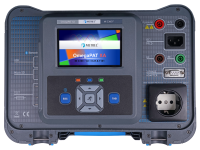Surgery rooms or operating theatres
Medical Facilities

Isolated system (IT) is a grounding system that isolates neutral wire from the ground. PE is grounded. This arrangement offers higher power availability: in case of a first insulation fault, its operation becomes similar to a TT/TN system and it remains functional and safe. Working voltage rises to phase-to-phase, raising the leakage. All the equipment used must be insensitive to that.
Therefore, it is the natural choice for locations that need high power availability, like the surgery room, or intensive care units. It offers also other advantages in terms of power quality, particularly immunity to disruptions from the PE, but also at least two serious drawbacks: cost and fault finding. Isolated systems are therefore usually built as islands in wider TT/TN system, using isolating transformers in the local distribution board to achieve it. The distribution board also houses the RCDs in case of a second fault and overcurrent/overvoltage protection.
Insulation resistance is the most important safety feature. It has to be continuously monitored, and insulation monitoring device is part of standard equipment in the isolated system. It however cannot sense the location of the fault. For that, a fault location system can be installed, but it is exceedingly expensive and therefore rare.
RCDs provide secondary protection. While the location remains functional and safe in case of a single fault, second fault can lead to very high currents that are both a fire hazard and a serious danger to life. RCDs turn the supply off in such a case. This however should be avoided, and any first faults carefully removed.
It is beneficial to construct the surgery room as a wet place. Chances of liquids splashing around it are quite high. Cleaning is simplified if all parts of the installation can be at least splashed, if not actually submerged.
There are decontamination procedures at entrance or exit from the surgery room. It helps if the equipment is rugged enough for rough cleaning, have bacteria-resistant coating, or is simply cheap enough that there are 2 units: 1 can be kept and used inside the clean area and 1 outside.
Medical devices demand particular care. There are parts of them that bring voltage for diagnostic or therapeutic purposes to patient's skin or even internally. This makes their electrical safety a whole new world. Leakage currents have to be exceptionally low, as is the protective earth resistance. Instruments for these measurements have to support a lot of probes, have a large memory to save and organise the results, and be well interfaced with a PC to present them in a report. Standard for safety of medical equipment IEC 60601 requires testing with a high current, above 20 A. IEC 62353 on the other hand is focused on easier periodic measurement while still maintaining the safety.
Application Notes
Competencies at edison
EDISON is an international organisation for certification of competences in electrical safety testing. Click on the links for more information on each competency.
- MEDi: Medical and Surgery Rooms Electrical Installations Safety
- MEDe: Medical Electrical Equipment Safety
- IEC / EN HD 60364-7-710 Low-voltage electrical installations – Part 7-710: Requirements for special installations or locations – Medical Location
- IEC EN 61557 – 8 Insulation monitoring devices for IT systems
- IEC / EN 62353 Medical Electrical Equipment – Recurrent test and test after repair of medical electrical equipment



















